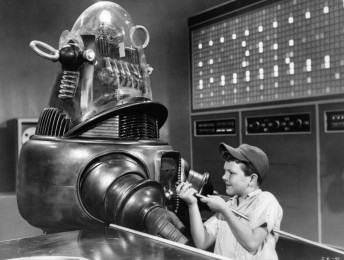 After record robot sales in 2022, North American companies ordered fewer for the second straight quarter in 2023 leading some to question if industry automation could be more stable.
After record robot sales in 2022, North American companies ordered fewer for the second straight quarter in 2023 leading some to question if industry automation could be more stable.
Folding in first quarter results, 2023 orders are down 29 per cent compared with the first half of last year.
According to the latest report from the Association for Advancing Automation (A3), summarised in the release below, companies ordered 7,697 robots from April through June, representing a 20 per cent drop in value over the same period in 2022.
The economy’s sluggish performance and increases in interest rates continue to suppress investments in automation that could help reduce the impact of the ongoing labour shortages.
A3 vice president of membership and business intelligence Alex Shikany said that over the last five years, we’ve seen a steady acceleration of robot orders as all industries have struggled with a labour shortage and more non-automotive companies recognise automation’s tremendous value.
”After this post-COVID surge, however, we’re seeing a drawback in purchases, exacerbated by the slow economy and high-interest rates. While many companies continue to automate, others don’t have the capital to invest right now, despite their struggle to find workers willing to do many dull, dirty and dangerous jobs that remain unfilled.”
Non-automotive customers ordered more robots in the second quarter of 2023 than automotive customers, with 52 per cent of units going to non-automotive industries and 48% going to automotive OEMs and component suppliers.
Both categories were down compared to the second quarter of last year, however, with non-automotive orders down 21 per cent and automotive orders down 49 per cent. The strongest demand in the second quarter came from the semiconductor & electronics industries, followed by life sciences/pharma and biomedical, plastics & rubber and metals, with automotive components, food & consumer goods and automotive OEMs showing the most significant drops.





